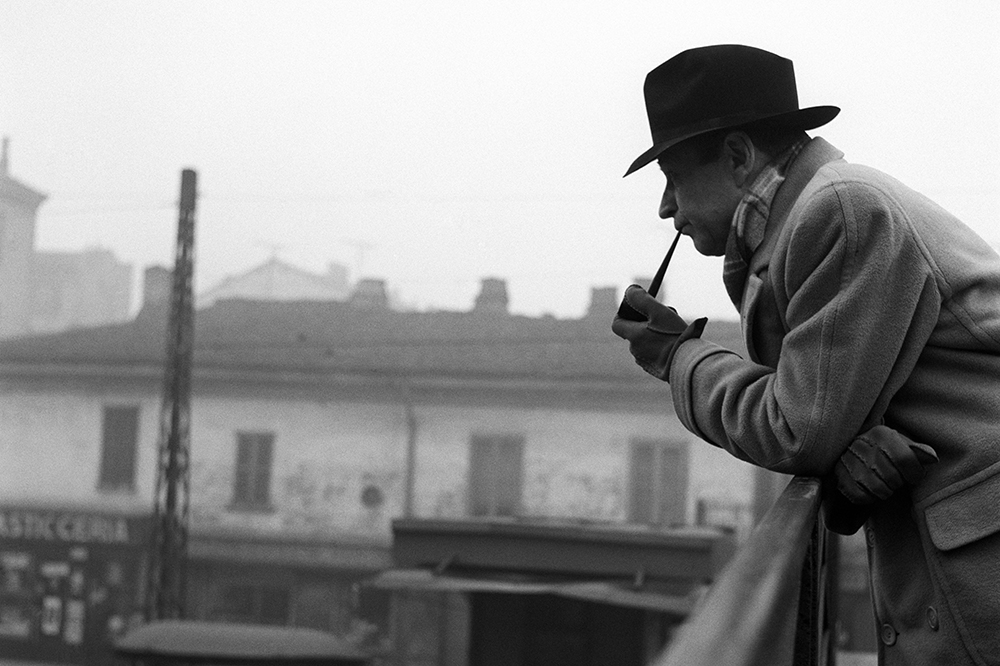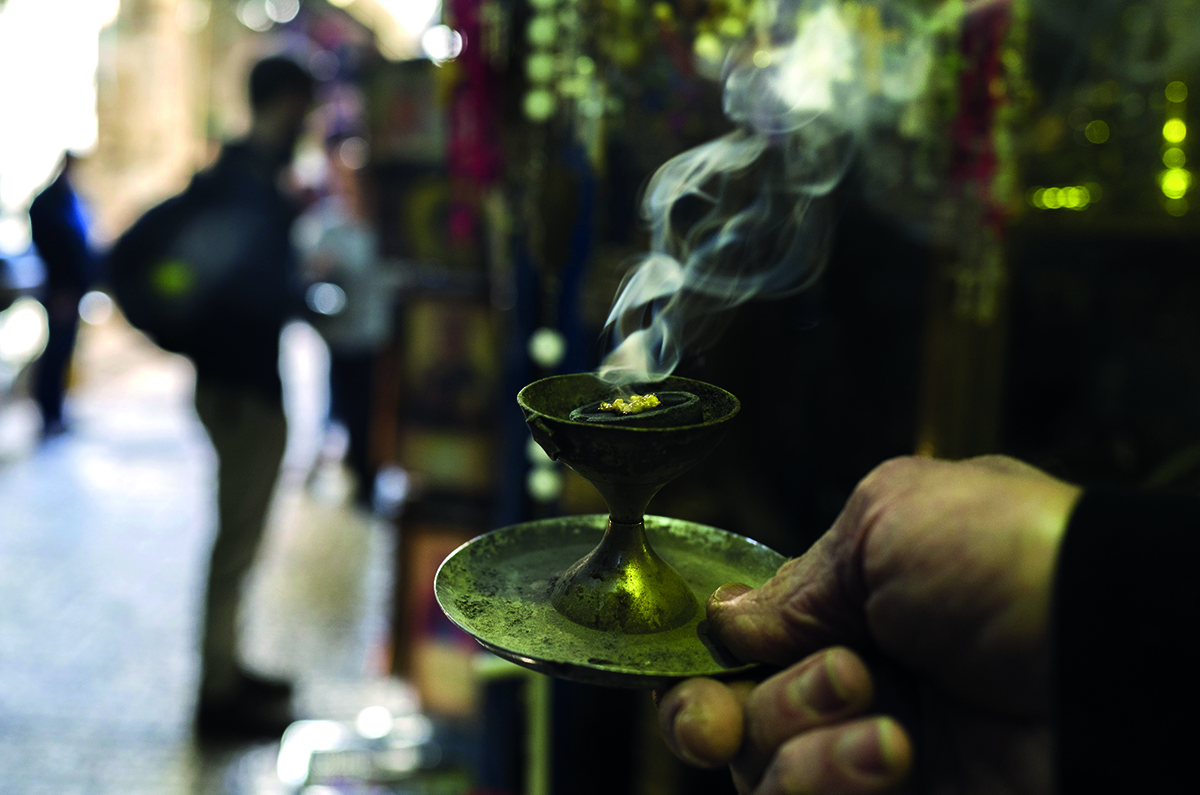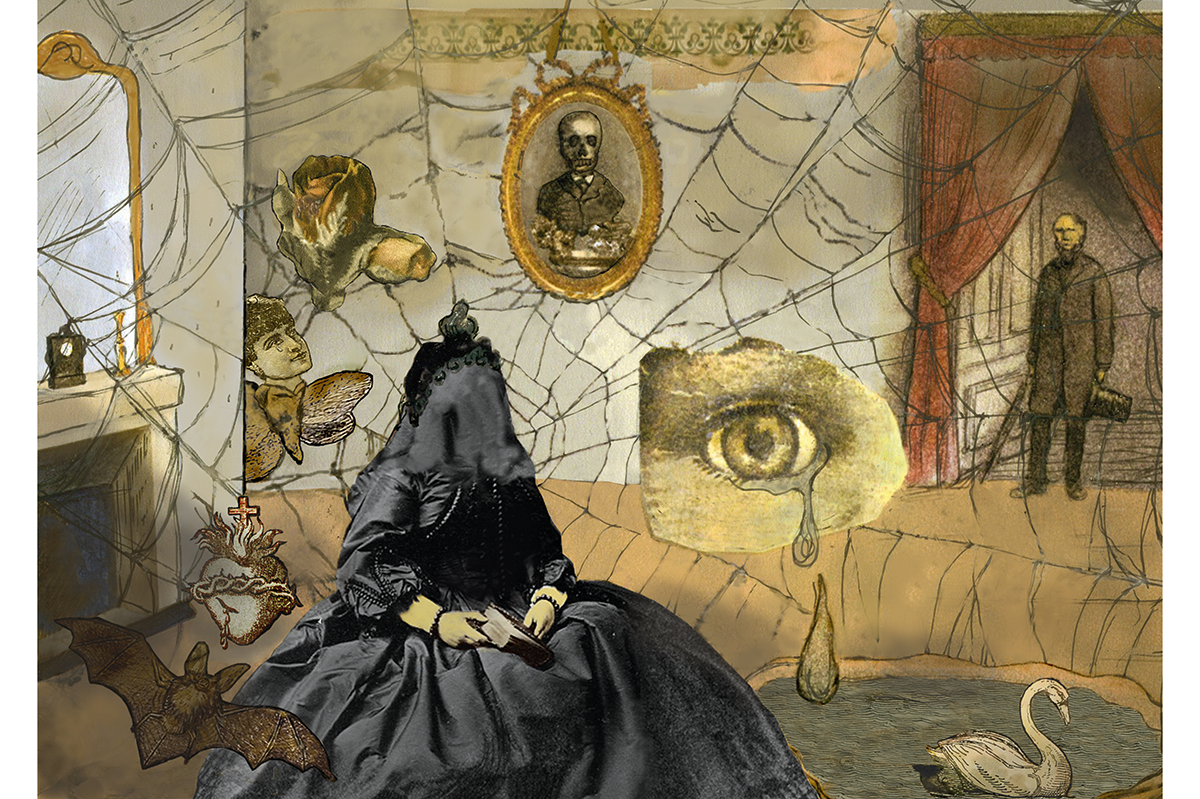This article is in
The Spectator’s October 2019 US edition. Subscribe here.
Georges Simenon, creator of the somber, pipe-smoking Paris detective Jules Maigret, pursued sex, fame and money relentlessly. By the time he died in September 1989, Simenon had written nearly 200 novels, more than 150 novellas, several memoirs and countless short stories. He matched this demonic productivity with sexual athleticism.
‘The goal of my endless quest,’ Simenon explained,‘was not a woman, but the woman.’ He demanded sex at least once daily from his wives, secretary, and housemaid-mistresses. How he found the time to write so many books is a mystery that Maigret might struggle to crack. Simenon described himself, without irony, as ‘a psychopath’. ‘A hundred years from now,’ Ian Fleming told him in 1963, ‘you’ll be one of the great classical French authors.’ A one-man fiction factory who aimed to write one Maigret adventure a week, Simenon despised the Paris literary establishment and what he called ‘literature with a capital L’. Thirty years after his death, the 76 romans Maigret that he called ‘semi-potboilers’ are part of the modern canon. Like the 007 extravaganzas, the books were written fast, without outlines, and hardly corrected at all. Simenon wrote ten in 1931 alone, and seven more in 1932. When Alfred Hitchcock telephoned, he was told, ‘Sorry, he’s just started a novel.’
‘That’s all right,’ Hitchcock replied, ‘I’ll wait.’
Over the last six years, Penguin has been issuing new translations of the Maigret novels at the Simenon-like rate of one a month. Simenon’s stylistic brilliance has been restored by an 11-strong team of Penguin translators, among them the late Anthea Bell, whose other masterpieces from the French included the Astérix books. The project is now almost complete, and not before time. Earlier translations were of uneven quality, with endings sometimes altered.
The romans Maigret conjure the workaday rhythms and guilty secrets of Paris and small-town France. Simenon’s is a world of second-class hotels and third-class railway carriages, of drifters and bargemen, tarts and luckless creditors. His interest was not in intellectuals or master criminals, but in his beloved ordinary people — les petits gens. Criminals look like us, Simenon seems to be saying. His motto, ‘Comprendre et ne pas juger’ (‘To understand and not to judge’) is also Inspector Maigret’s.
Maigret, the earthily dependable flic in his trademark velvet-collared overcoat and bowler hat, is a neutral observer. He looks on crime with an unbiased curiosity, and a sense of complicity between criminal and policeman is omnipresent in the books. Strikingly, Maigret compares his role with that of a priest or ‘mender of destinies’. In The Saint-Fiacre Affair, an elderly woman is murdered at Mass. As Maigret draws on childhood memories of communion wafers and ‘the secret of the confessional’, we see his almost sacerdotal knowledge of the human soul.
Born in the Belgian city of Liège in 1903, Simenon said he had a ‘middle-class soul’. Maigret is a bourgeois adrift in a murky underworld but, unlike his creator, he is dutifully uxorious. Madame Maigret pampers him like the needy man he is. (‘Men, they’re all the same!’) Though she is from Alsace, the land of choucroute, she serves his favorite cassoulet from southwestern France and caters to his many dislikes (whisky, Champagne, calf’s liver, central heating). He is an only child and can be overbearing: ‘Now, please will you fill a pipe for me and plump up my pillows?’
Simenon envies Maigret’s devotion to his wife. The Maigrets have a holiday home in the Loire; in Paris they enjoy quiche suppers at an Alsatian restaurant near their flat on the Boulevard Richard-Lenoir. (‘What’s the point of being Alsatian if you don’t know how to make quiches?’ Madame Maigret demands.) Perhaps it is fortunate that they have no children; Simenon’s daughter, Marie-Jo, committed suicide in 1978.
As a cub reporter in early Twenties’ Belgium, Simenon had written vitriolic anti-Jewish articles for the Gazette de Liège. The first novel in the Maigret cycle, Pietr the Latvian, carries a whiff of anti-Semitism in its portrayal of ‘garlic-eating’ Jews. Simenon later repudiated his Gazette de Liège articles, but a taint of Jew-baiting endured. ‘Jews usually have sensitive feet,’ Maigret tells his wife in The Madman of Bergerac. ‘And they’re thrifty.’ During the German occupation, Simenon lived in seigneurial self-sufficiency in the French countryside. After the war, fearing charges of collaboration, he spent 10 years in America. At some level, Simenon was a morally dubious man.
Impressively, the Maigret adventures show little sign of haste or strain in the writing. An intermittent alcoholic, Simenon typed many of them while half drunk. Unsurprisingly, they are awash with quantities of Calvados, Vouvray, Armagnac and Pouilly. Maigret is often ‘glassy-eyed’ or wretchedly hung over.
In Maigret’s Memoirs, a Pirandello-like exercise in role-reversal, the detective talks in the first person about his creator’s literary shortcomings: ‘Simenon likes to describe me as being heavy and grouchy,’ we read. The heaviness, Maigret feels, is ‘exaggerated’. His height is given as ‘1 meter 80’ — almost six feet. He is broad-shouldered, stubborn-browed and faintly bovine in appearance. His pipe is his essential prop. He plugs it with tobacco when he wants to appear informal in the interview room. He carries at least two pipes in his pockets at all times; sometimes they overheat and sizzle. Maigret has no interest in Sherlock Holmes-style rationality. He operates by instinct; if pushed, he will resort to violence. He often enters an abstracted state or ‘trance’ while investigating — a sign that a breakthrough is imminent.
Georges Simenon died aged 86 in a 36-room château outside Lausanne, a residence where Jules Maigret would have felt ill at ease. In the end, Simenon had all the money and women he wanted, yet was encircled by ennui. His château became his tomb. All that remains is Maigret and his pipe.
This article is in The Spectator’s October 2019 US edition. Subscribe here.


























